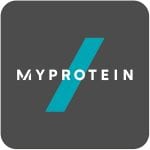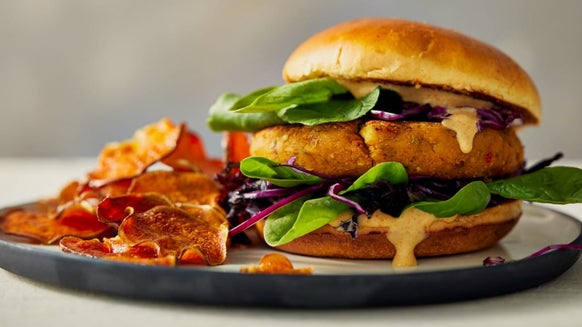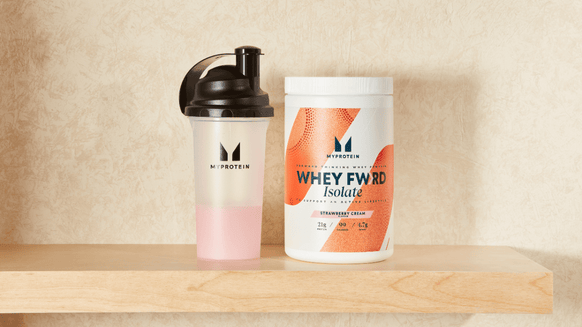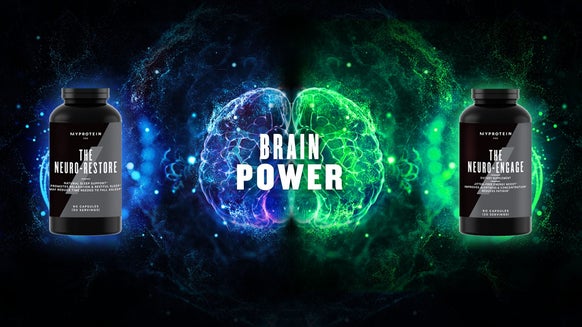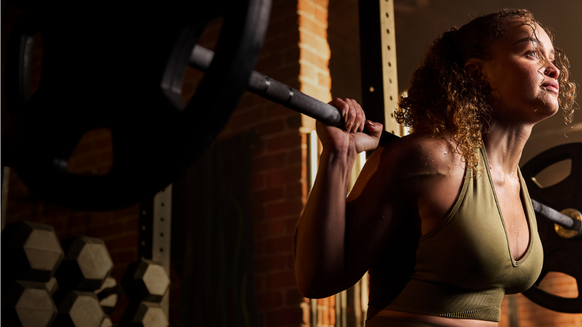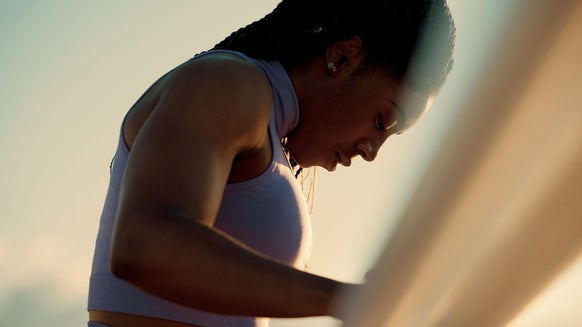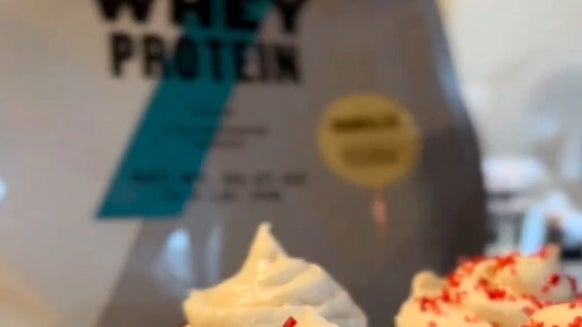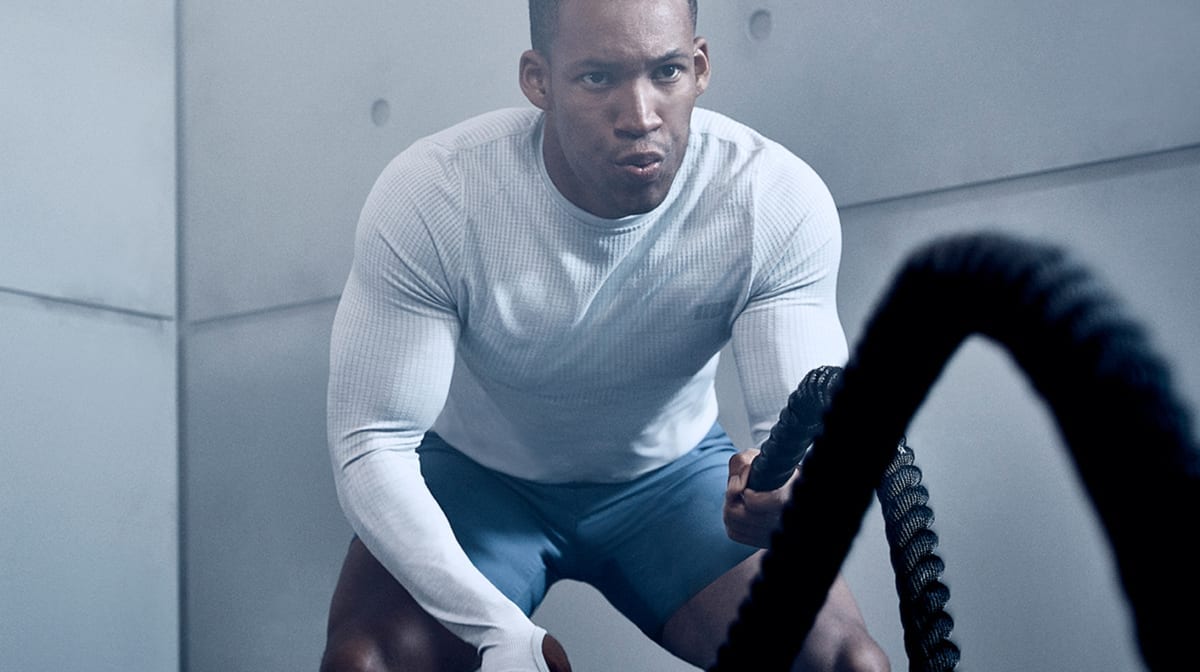
Shoulder injuries are among the most common in novice and veteran weightlifters alike. The human shoulder is complex, being comprised of three bones and three joints as well as a multitude of muscles and tendons. Due to the extreme flexibility of the shoulder’s joints it is also extremely prone to acute and overuse injuries. Lack of mobility and flexibility within the shoulder play a large role in injury. Weight overload and excessive use can also aggravate or worsen existing injuries. There are a multitude of stretches and exercises that should be performed in order to ensure shoulder health.
Joints of the Shoulder
The Shoulder Complex is comprised of the Humerus, Scapula, and Clavicle.
Glenohumeral Joint: The Humeral Head and Glenoid Cavity of the Scapula meet to create the joint that allows rotation and a wide range of movements in the arm, this is the Glenohumeral (GH) Joint. A group of three ligaments keep the GH Joint functioning. The most common injuries in this area of the shoulder are a Torn Labrum and Bursitis.
Acromioclavicular Joint: The lateral end of the Clavicle and Acromion Process of the Scapula meet to form the Acromioclavicular (AC) Joint. The AC Ligament and a group of ligaments called the Coracoclavicular (CC) Ligament attach the Clavicle to the Scapula. The AC Joint aids in rotation of the Scapula and absorbs force caused by weighted loads. AC and CC seperations are common in this joint.
Sternoclavicular Joint: The third joint of the shoulder is created by the medial end of the Clavicle and the Clavicular Notch of the Manubrium, this forms the Sternoclavicular (SC) Joint. This joint plays a large role in shrugging motions and movements used in bench pressing or throwing a punch. The SC Joint is reinforced by four different ligaments. An injury to this joint is typically uncommon and usually occurs as the result of a direct blow to the joint.
Scapulothoracic Joint: The fourth and final joint of the Shoulder Complex is located on the upper back where the Scapula meets the Rib Cage. The Scapulothoracic Joint aids in nearly all planes of movement for the Scapula. It is however not a typical synovial joint and it functions by gliding along a surface rather than being directly attached.
Muscles of the Shoulder
There are many muscles included in the Shoulder Complex that aid in movement, the prime muscles that are considered typical “shoulder injuries” are of the rotator cuff and Deltoid. The Pectorals, Biceps, Triceps, and other muscles in the chest, arms, and back aid in movement and stability within the shoulder.
Rotator Cuff: The rotator cuff is made up of the Supraspinatus, Infraspinatus, Teres Minor, and Subscapularis. This group of muscles allow the scapula to rotate and provide stability. There are a set of four ligaments that keep the rotator cuff functioning properly. There is also a Bursa located over the tendons that connect the rotator cuff to the humerus. The Bursa lubricates and prevents friction of the GH Joint and Scapula.
Deltoid: The Deltoid is a large set of three groups of fibers which protect the GH joint, aid in stability, and carry large amounts of weight.
Common Shoulder Injuries in Weight Lifting
Muscle Injuries: Strains can occur in ANY muscle within the body,when a muscle is overstretched or overused fibers can tear causing pain and swelling. Depending on the severity, function and mobility can be limited. There are three grades to Strains and Sprains. In the case of the Deltoid and Rotator Cuff, a Grade 1 strain may cause tightness. It may cause some pain and discomfort but is not debilitating. A Grade 2 strain will likely make cause some loss of function and sharp pains during use. Swelling is also likely to accompany other symptoms. A Grade 3 strain will likely render the arm useless and cause severe pain. A strain of this magnitude will probably result in a hospital visit.
Tendon Injuries: Sprains occur in a similar fashion as strains, typically from a sudden overstretch. Tendon Injuries can be cause by swinging motions or quick jerking motions. Weight overload can also cause acute tears, such as in the rotator cuff. Most rotator cuff injuries are tears in the tendons that connect muscle to bone. Tendonitis is the chronic inflammation of a tendon typically caused by overuse. Tendonitis is more likely to develop in the elbow or knee.
Joint Separation: Joint Separation is the partial or complete tear of a ligament. In regards to the AC Joint, a Grade 1 is a mild tear of the AC ligament which does not usually cause a physical deformity. A Grade 2 sprains typically cause a visual change as the clavicle may become unaligned. The Grade 2 sprain is characterized by partial tears of the AC and CC ligaments. The most serious and debilitating, a Grade 3 Sprain is a complete tear of the AC and CC ligaments. The Labrum (one of four GH Joint ligaments) can tear due to excess pulling, catching, or throwing of heavy objects. Labrum injuries are typically either superior or inferior. They can be painful and often occur when the shoulder is dislocated.
Bursitis: The inflammation of any of around 160 Bursa in the body is known as Bursitis. The most common location of bursa inflammation in the shoulder is located on the rotator cuff. Overhead presses or pulls can compress the subacromial space located between the GH Joint and Acromion Process.
Dislocations: The Ball and Socket joint that is the GH Joint is susceptible to dislocation because of the high level of flexibility. The GH Joint allows for the most movement of any other within the body. These are less common in weightlifting and causation is typically a hard fall or direct hit to the shoulder.
Avoiding Injury
There are many stretches and precautions one can take in order to avoid injury. Proper stretching after exercise is crucial in increasing mobility and flexibility. Before performing your working sets, start with a low weight and utilize progressive warmup sets in order to prime the muscles of the shoulder for the heavier loads to come. Dynamic stretching and using progressive sets will also increase localized blood flow to the shoulder. If any injury is sustained, proper rehabilitation techniques should be used and one should avoid rushing back into weight lifting. It can be easy to re-injure yourself if appropriate time is not taken off.
Take-Home Message
The Shoulder Complex is the most flexible set of joints in the body. The price of high rotation and mobility is stability, and injuries can at a high rate. Using excessive weight can cause acute injury which has the potential to set you back for months. Dynamic stretching, progressive warmups, and other mobility exercises can increase the strength of the muscles, tendons, and ligaments within the shoulder. Prevention is always key in keeping yourself healthy in and out of the gym.
